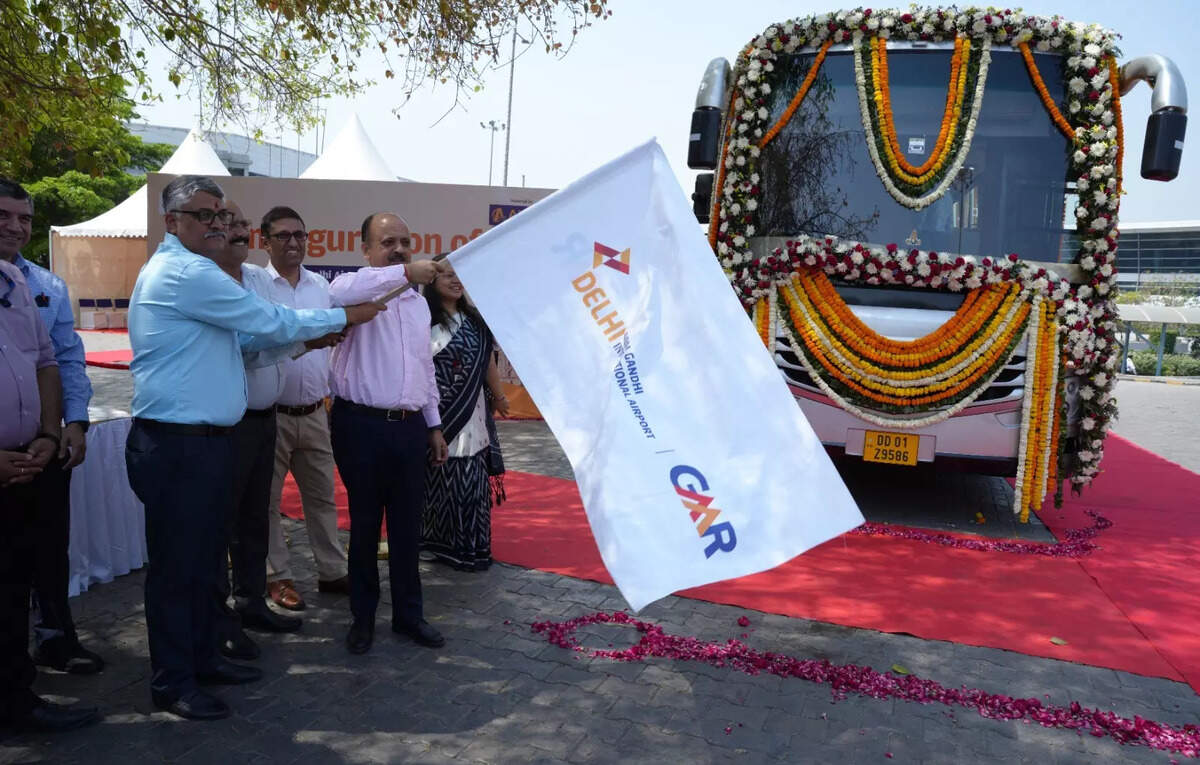Traveling in India with ADHD
I also book flights, train trips and hotels months ahead. My husband hates this. He’d rather just make reservations as we go, or even just show up at a hotel to ask if they have rooms. He does not suffer anxiety about anything. I’ve only ever agreed to do this when we take road trips because I know that, if worse comes to worse, we can sleep in the car.
On the day of travel, I like to arrive at the airport four hours ahead – another thing that infuriates my husband, who is fine with aiming for one hour. I’m aware that this is completely unnecessary, but my anxiety makes me worry about trains being cancelled or huge delays at security at Schiphol, both of which have happened to me before. Once I get to the airport and know where the gate is, I can finally relax.
All of this sort of came to a head on this trip in India. I booked everything ahead as usual, but with much more trepidation. For many hours over several months, I did battle with the Indian Railways website trying to book seats or bunks on trains. I knew we should travel first or second class, but I kept getting an error when I tried to reserve. Finally I hit on the booking site 12Go – which was stupid because I had used that site successfully last year for our trip in Thailand, yet I’d completely forgotten it existed. It worked easily.
To collect content for my World Heritage travel website, I planned the trip to enable us to visit lots of UNESCO sites across Delhi, Madhya Pradesh, Uttar Pradesh and Rajasthan. I also planned in two two-week stays: one in Jaipur and one in Udaipur. I knew I’d need breaks to write and to rest.
As I often do before travel, I made a Google map of the region and marked all the places my husband and I wanted to visit. Of course, I knew we wouldn’t be able to see them all, but it’s a strategy (overcompensation again) that helps me get my head around my plans. If you’re interested, here’s the resulting map. I’ve changed the pin colors to indicate which we actually visited. The purple ones are the places we did get to (One of them only my husband saw, not me.). The orange ones we didn’t see.
First, a disclaimer: I am no expert on India and I’m aware that I approach my travel from a privileged and Western point of view. I’m not saying that what I experienced as unpleasant is necessarily bad, or that other places in the world are necessarily better. I’m just explaining how I experienced it.
What I couldn’t plan for, of course, was what it would actually feel like to be in India. I knew it would be loud and chaotic in Delhi, of course. I had been to Mumbai before just for a few days for a conference, so I’d seen that and expected it. But I didn’t know what smaller cities would be like. I had liked Mumbai. Looking back at that trip now, I realize I liked it because I was either busy with my workshop or, most of the time, being guided by a tour guide. And I could retreat to a very elegant five-star hotel whenever I wanted.
On this trip, the historical sites we visited – my favorite kind of destination – were fascinating, and often beautiful. But I only rarely got that feeling of being present that I’ve had pretty much everywhere else I’ve traveled. Why? Because my anxieties seemed to take wing.
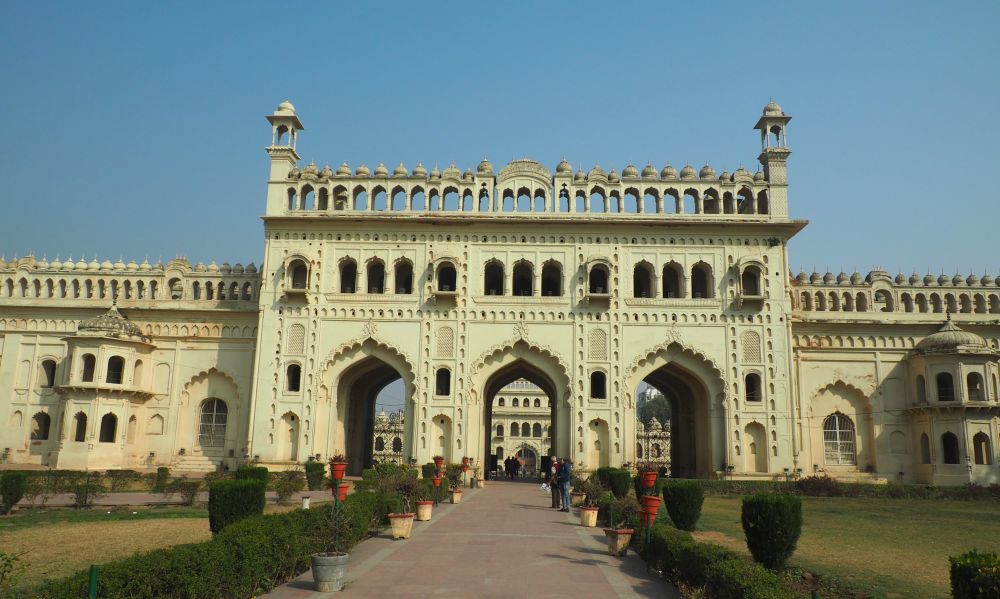
Indian cities – at least in the region we visited – are incredibly noisy. All day and well into the night, the cars and tuk-tuks honk. Constantly. At night, weddings snake through the streets, with drum corps playing and music blasting from portable speakers. And the dogs – both pets and strays – bark. A lot.
If you have ADHD, you know that noise, or really any excessive sensory input, is a problem. I don’t go to concerts anymore, for example, because the volume is just too high. My bedroom has to be quiet for me to sleep – or at least the noise needs to be constant and in the background. Earplugs don’t solve the problem because they bother me – that oversensitivity again – as much as noise does.
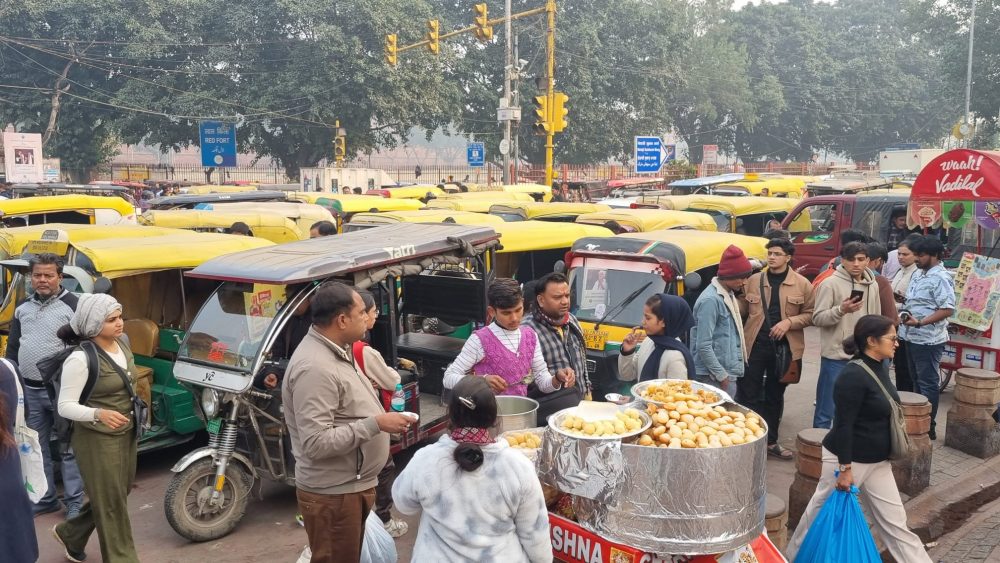
Speaking of cars and tuk-tuks, the streets are full of traffic, and that traffic doesn’t seem to follow any rules except honking a lot. That wouldn’t be too much of a problem, except that sidewalks are either non-existent or blocked by parked vehicles, particularly motorbikes. That, in turn, forces pedestrians to walk along the edge of the traffic, and that traffic can get ridiculously close.
So that feeling of being present really only happened when I was at a historic site and away from traffic. I felt it when I toured Amber Fort, for example, or the three UNESCO sites in Delhi. But walking down the street? No. I was too busy being worried that I’d be hit by a motorbike, tuk-tuk or car. And jumping when any of them honked near me, for fear they were honking at me. (They weren’t.)
I was also watching for patches of attainable sidewalk, so I could walk on it at least till the next blockage. And on both the edge of the road and on the short bits of sidewalk, I was mostly watching my feet in order to avoid turning an ankle – something I often do if I’m not careful.
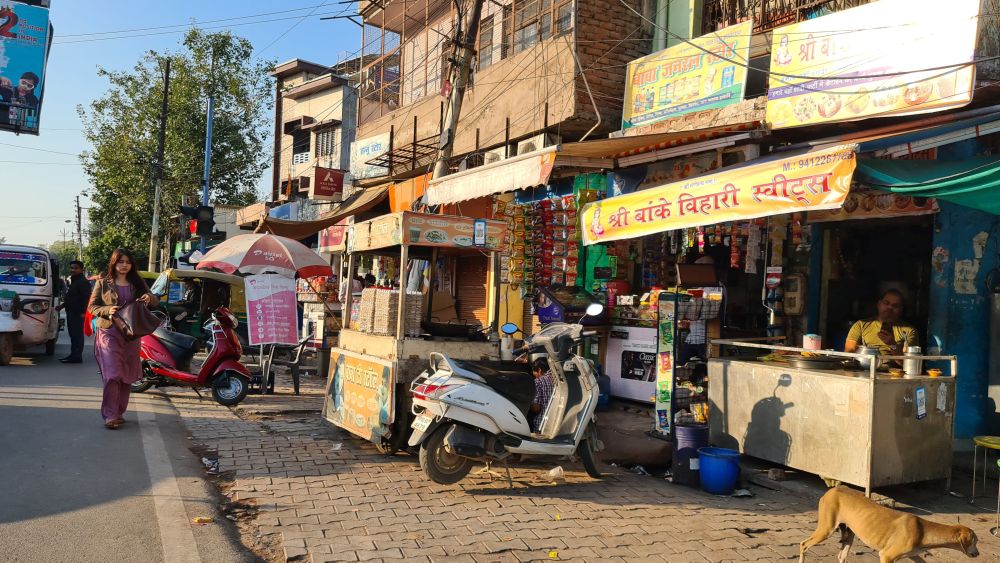
Crossing the street was out-and-out terrifying, and I don’t think that’s an ADHD thing. Anyone would find this anxiety-producing, if they weren’t used to it. Crosswalks seem to be meaningless in India. They exist but are completely ignored. Crossing the street means simply stepping out into it and trusting the traffic to flow around you. It works – I saw lots of people do it. But I Simply. Could. Not. My husband got the hang of it quickly, so he took to just grabbing me by the hand and guiding me along.
My kids call my sense of smell my superpower. Now I know that being hypersensitive – all senses, not just smells – can be part of ADHD. It’s part of why I’m so easily distracted – I can’t filter out sensations like neurotypical people.
India has many more, less familiar, and stronger odors than my home city in the Netherlands. There are cows wandering the streets, as well as dogs. They smell, and so does their poop. In some places, gutters run with what smells like a mix of chemicals and sewage. The exhaust from all that traffic adds its taint to the mix. In undisturbed corners, piles of garbage fester – the rotting garbage odor is sometimes very strong. In the shopping areas, the street food adds distinctly better smells. It was the amalgamation, though, of all these ever-shifting odors that felt overwhelming.
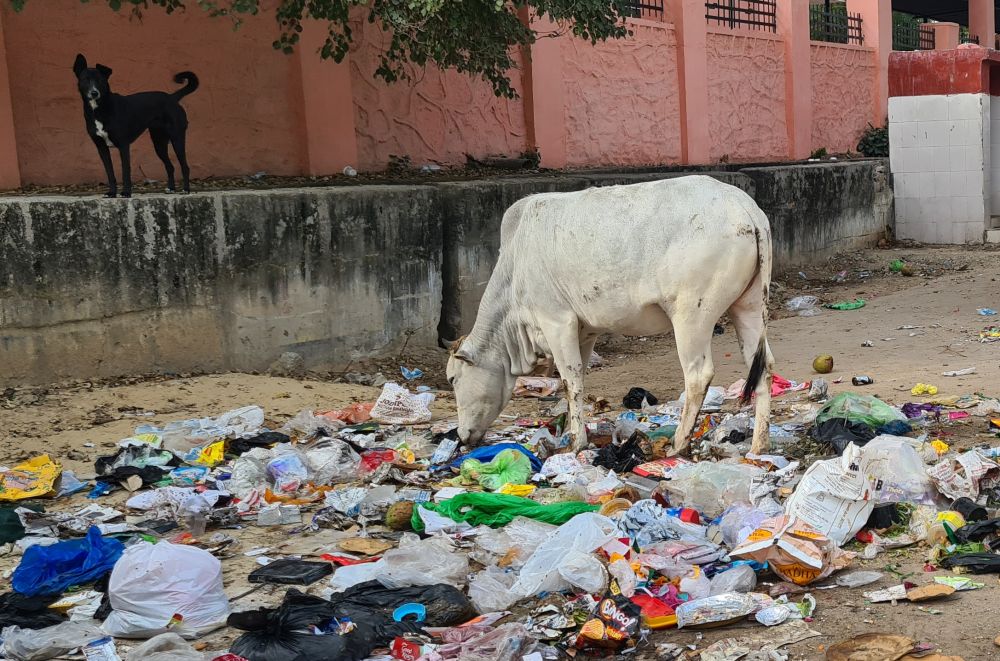
The bigger cities we visited had some places that were pretty – the old parts of Jodhpur, Jaisalmer and Jaipur, for example, and the part of Agra that has been polished up for tourists (real sidewalks!) near the Taj Mahal. We particularly liked Jaisalmer, with its yellow-sandstone havelis.
But a lot of areas aren’t pretty: the buildings are old and need cleaning and/or repair and there’s garbage everywhere. And when I say the buildings are old, that can mean just a decade or two, but unmaintained. Or it can mean a hundred years or more, but badly in need of renovation.
At the same time, I was constantly distracted by the saris and other traditional outfits that many women wear. They are magnificent. The colors are wonderful, and I love the way they match patterns – one pattern on the main sari and a different one on the edging or on their headscarf. It made me wish I could wear a sari and not look like a culturally-appropriating fool.
One of the things I decided well before this trip and my diagnosis was that I was going to start paying attention to my feelings of overwhelm and stop masking.
Well, that’s easier said than done when you’ve spent your whole life masking. In India, I tried to be aware of how I was feeling and started simply telling my husband when I’d had enough. I still wanted to see lots of historical sites, but perhaps I would have to see fewer of them.
The pattern tended to be that once we had spent a morning at a palace or fortress or museum or whatever, I’d had enough. Rather than masking that feeling and trying to fit another destination into the afternoon – which is what I would have done in the past – I would just stop.
But first, we would eat lunch. We always ate inside in a sit-down restaurant: calmer and quieter than being out on the street. After lunch, I would head back to the hotel. My husband would happily spend the rest of the day wandering the city, soaking in the atmosphere that he didn’t find overwhelming at all.
At the hotel, I’d write notes on what I’d seen, or I’d just hang out and doom-scroll. It didn’t matter; at the hotel I felt safe. While I could often still hear lots of noise from the street outside, the door was locked and I was away from that overstimulation. Sometimes I would fall asleep, which isn’t really surprising considering how poorly I was sleeping at night.
I’d venture out again with my husband to eat dinner, but always we’d find somewhere to eat very close by. If it was anxiety-producing to walk outside in the daytime, it was even worse in the evening when the streets are busier but pedestrians are harder to spot.
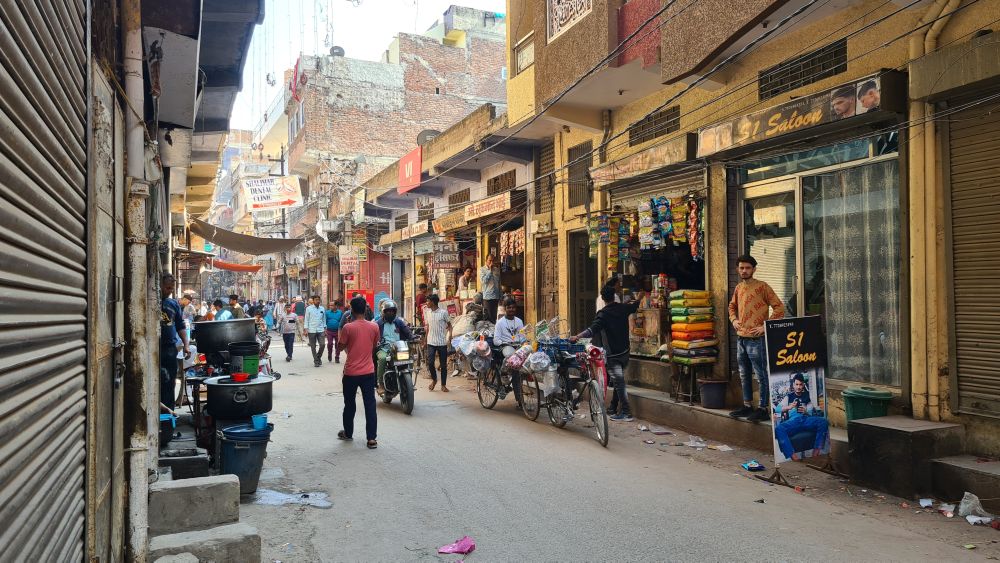
I’m not sure if I’m qualified to give any tips for traveling in India with ADHD, but I’ll try anyway. I was only there for two months – I’m not an expert on either ADHD or on India. I guess my best advice at this point in my ADHD “journey” is to follow how you feel. Stop compensating and stop masking and get in touch with what you actually want to do or not do.
That probably means you shouldn’t sign up with a group tour. These tend to pack lots of sights into each day and you’ll have no choice but to go along.
What would work best would probably be a private tour, if you can afford it. That way you wouldn’t have to worry about booking trains or planes or hotels or anything. You could let a bespoke tour operator set up a tour that hit the things you want to see but allowed plenty of down time in your hotel room. Bespoke tours are generally flexible too. You can change the plan or cut a tour short if you need to retreat. On this trip, we had a sampling of the bespoke tours that Travel XS offers, and they certainly make things easier.
If you can’t spring for a complete multi-day tailor-made tour, sign up for private walking tours in each new city, or hire someone to take you to any sights outside of town. Then you can ask as many questions as you want and stop or take breaks when you decide you need it. In India the prices are quite reasonable, but always remember to tip your guide and/or driver as well.
Choose your hotels carefully. Being in the old part of a city can mean a lot of noise because of weddings or just because the streets are narrow and traffic sounds travel upward. A hotel on a side street, especially if it’s on an alleyway, is likely to have less traffic noise at night. If you can afford it, choose a fancy, modern five-star hotel that has insulated windows with quiet air conditioning. Read the reviews carefully for hints about noise levels.
In Delhi, we stayed in a small guesthouse called Two Green Park, which I highly recommend. It’s in a section south of the center called Green Park. The guesthouse is in a high-end gated community of well-kept apartment houses, and there’s almost no noise at night. The streets are swept every day as well. It was a huge relief after staying in so many noisy places. And it’s just a few blocks’ walk to a metro station.
In the cities that have them, take the metro instead of a taxi or tuk-tuk. The metros are relatively clean, much quieter, better for the environment, and cheaper. The one in Delhi is the oldest and gets quite crowded, but it’s still better than being in the traffic. The Agra one is very new and only covers a short distance so far. Hardly anyone is using it yet, but it does link up the two main sights: the Taj Mahal and the Red Fort.
Of the cities we visited, Udaipur was the cleanest and quietest. The streets get swept regularly and there’s much less honking. The smallest town we stayed in was Khajuraho. It was quieter than any city, though dogs barking through the night still disturbed our sleep. I suspect that in general the smaller the town, the quieter.
Bring whatever will make you most comfortable. That might be earplugs or headphones, for example, if you’re comfortable sleeping in them. One thing that I will bring on future trips is a pillowcase because the feel of the pillowcases in some hotels bothered me.
I haven’t been there yet, but quite a few people have told me that there are places in the south that are prettier and quieter, particularly in the state of Kerala. Since, despite all that I’ve said above, I find Indian history and culture very interesting, I’d like to take another try at it in the south someday.
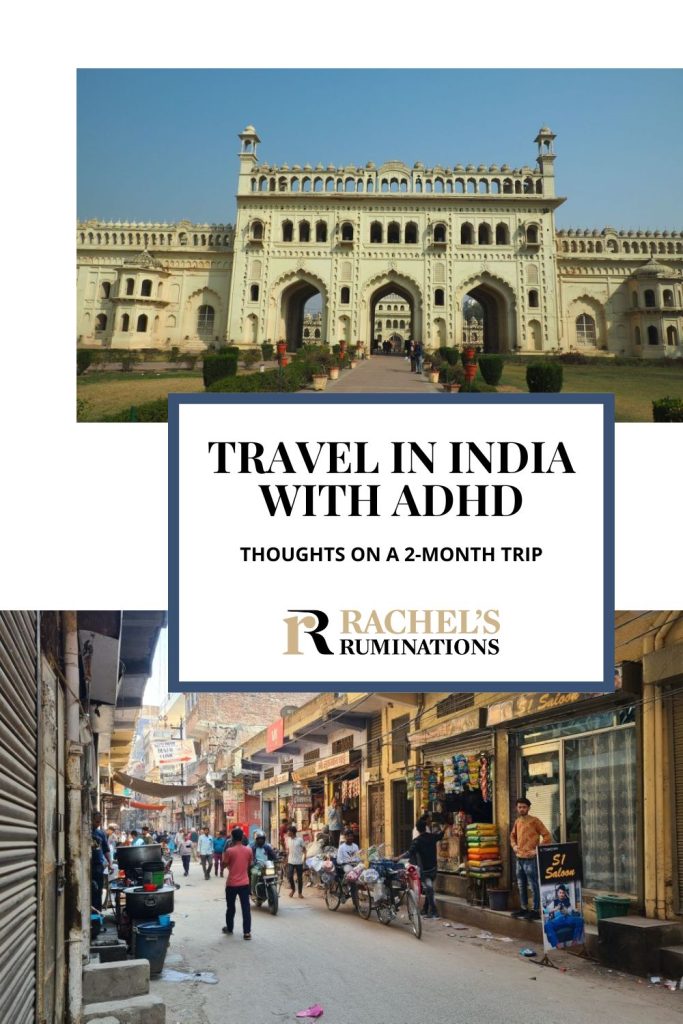
- I use on my phone and laptop when I travel. It keeps me safe from hackers when I use public or hotel wifi.
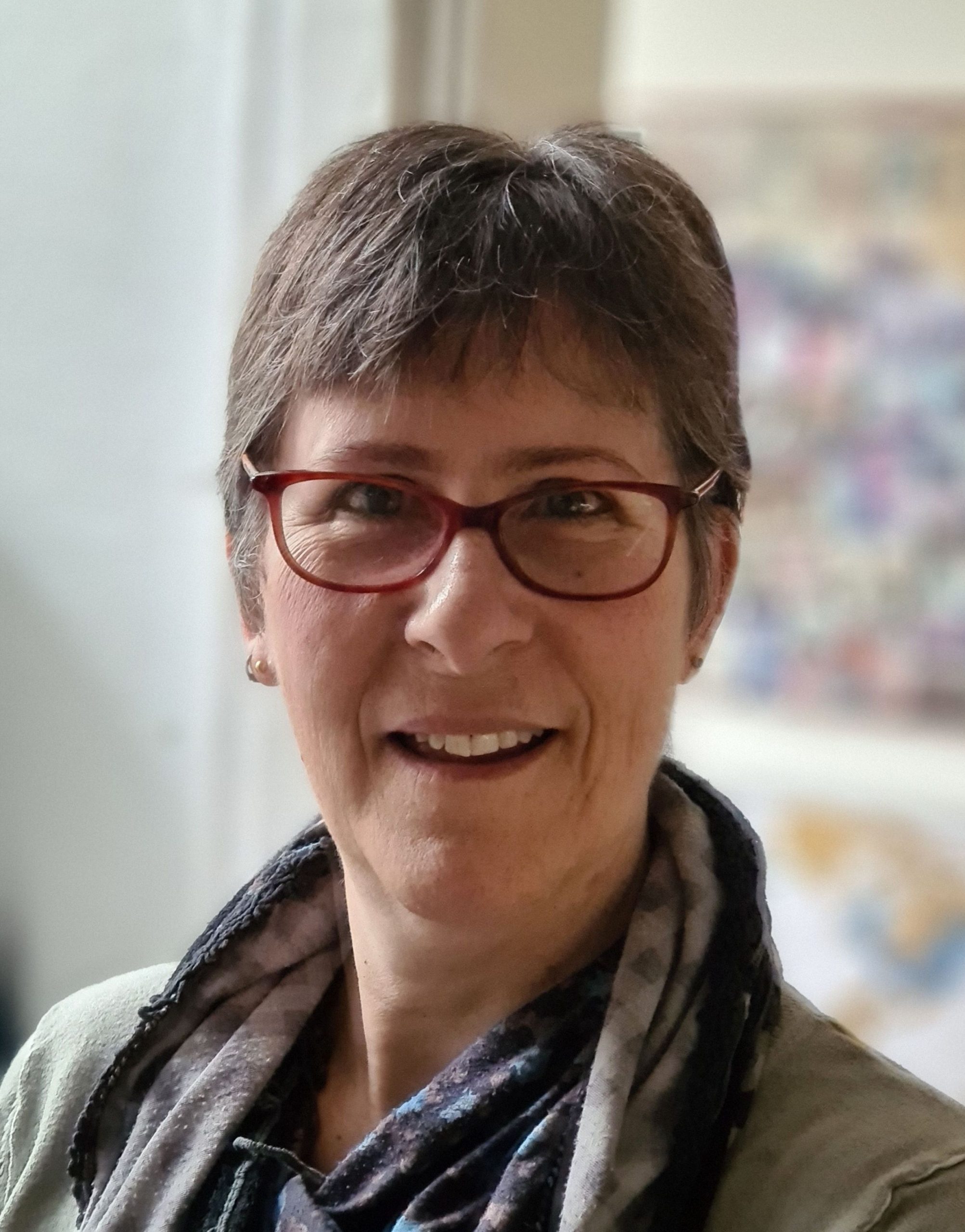
Rachel Heller is a writer living in Groningen, the Netherlands. She is the owner and primary author of this website, Rachel’s Ruminations, a travel blog focused on independent travel with an emphasis on cultural and historical sites/sights. Read more here about her and about this website. All photos in her articles are her own, unless otherwise specified. Rachel also owns and operates a website about UNESCO site travel.










